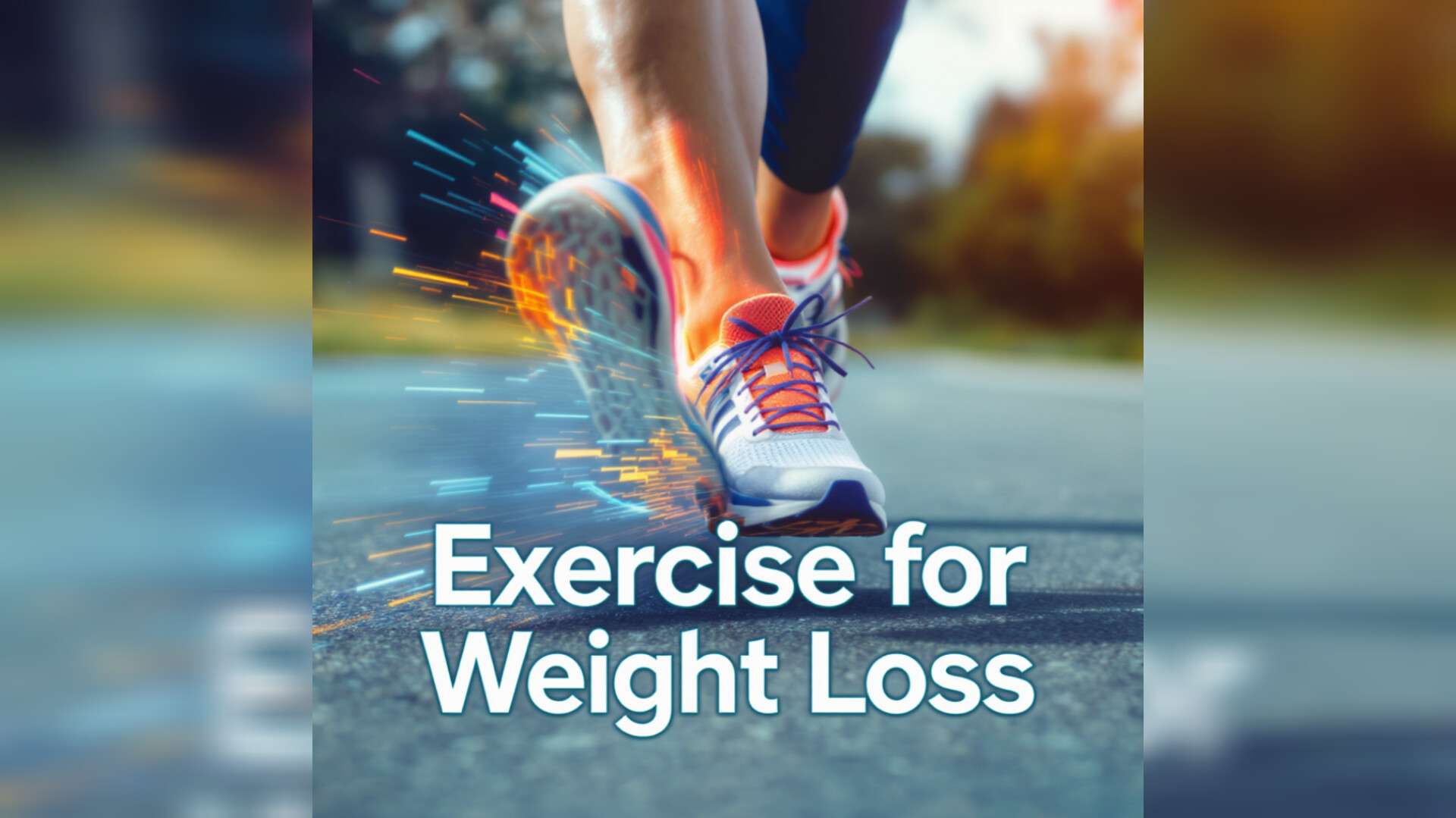Scientific Citations: Exercise for Weight Loss Explained
In today’s world, fad diets and supplements often overshadow exercise’s role in weight loss. But science highlights physical activity as a cornerstone for sustainable results. This article explores scientific citations to explain how exercise drives weight loss. We’ll break down energy balance, exercise types, key studies, and practical tips. Links to credible sources are embedded for deeper insights. Whether you’re a beginner or stuck in a plateau, understanding these mechanisms can guide your journey.
Understanding Energy Balance
Weight loss boils down to a calorie deficit: burning more energy than you consume. Exercise boosts daily energy expenditure, creating this deficit. It’s not just about calories burned during a workout. Exercise influences fat oxidation and hormone regulation, per a Journal of Obesity study (source).
Preserving muscle mass is crucial during weight loss. Muscle burns more calories at rest than fat. Regular exercise helps maintain muscle, supporting long-term fat loss.
How Exercise Affects Hormones
Exercise impacts hunger hormones like ghrelin and leptin. A 2017 Sports Medicine study found aerobic exercise reduces ghrelin, curbing post-workout appetite (source).
This hormonal shift can make sticking to a calorie-controlled diet easier. However, exercise alone isn’t enough. Combining it with dietary changes yields the best results, per The American Journal of Clinical Nutrition (source).
Types of Exercise for Weight Loss
Different exercises offer unique benefits for weight loss. Let’s explore the main types.
Aerobic Exercise (Cardio)
Cardio, like running or cycling, burns calories efficiently. A 2015 Obesity Reviews study found 150–250 minutes of weekly moderate-intensity cardio led to significant weight loss (source).
For example, a 155-pound person burns about 300 calories in a 30-minute run. Cardio sustains high energy expenditure, ideal for calorie deficits.
Strength Training
Strength training builds muscle, boosting your resting metabolic rate (RMR). A Medicine & Science in Sports & Exercise study showed resistance training increases RMR by 7% (source).
Exercises like squats or weightlifting preserve muscle during weight loss. This prevents metabolic slowdown common in crash diets.
High-Intensity Interval Training (HIIT)
HIIT involves short, intense bursts of exercise with rest periods. A 2019 British Journal of Sports Medicine meta-analysis found HIIT matches cardio’s fat loss but takes less time (source).
A 20-minute HIIT session can burn as many calories as 40 minutes of steady cardio. It’s perfect for busy schedules.
The Power of Consistency
Consistency drives results. A 2020 The Lancet Public Health study showed regular exercisers lost 1.5–2 times more weight over 12 months than inconsistent ones (source).
Start small, like 20-minute walks thrice weekly. Gradually increase intensity to avoid burnout or injury.
Progression Prevents Plateaus
As fitness improves, your body adapts. Varying workouts—like mixing cardio and strength—keeps it challenged. Progression ensures continued fat loss, per research in Journal of Applied Physiology (source).
Try increasing weights or adding sprints to cardio routines over time.
Beyond Calorie Burning
Exercise offers more than calorie burn. It reduces stress, improves sleep, and boosts mental health. Chronic stress raises cortisol, linked to abdominal fat storage.
A 2018 Psychoneuroendocrinology study found exercise lowers cortisol, aiding fat loss (source). Better sleep also regulates appetite hormones, supporting weight goals.
Practical Tips for Success
Start with achievable goals. Aim for 150 minutes of moderate exercise weekly, as recommended by the CDC (source).
Mix cardio, strength, and HIIT for balanced results. Track progress with a fitness app or journal. Stay hydrated and prioritize protein to support muscle maintenance.
Common Myths Debunked
One myth is that exercise alone causes dramatic weight loss. Studies show diet plays a bigger role in initial weight loss. Another myth: spot reduction. Crunches don’t target belly fat; overall fat loss is key, per Journal of Strength and Conditioning Research (source).
Exercise works best with a holistic approach—nutrition, sleep, and consistency.
Long-Term Benefits
Exercise isn’t just about weight loss. It improves cardiovascular health, boosts mood, and increases longevity. Regular activity reduces risks of chronic diseases like diabetes, per Diabetes Care (source).
It also builds discipline, which spills into other areas of life. The mental clarity from a workout can be as rewarding as the physical changes.
Creating Your Exercise Plan
Design a plan that fits your lifestyle. Beginners can start with brisk walking or bodyweight exercises. Intermediate exercisers might add gym sessions or HIIT.
Consult a trainer for personalized guidance. Apps like MyFitnessPal can track calories and workouts, keeping you accountable.
Overcoming Barriers
Time constraints and lack of motivation are common hurdles. Schedule workouts like appointments. Find a workout buddy or join a class for accountability.
Even 10-minute sessions add up. The key is starting, no matter how small the step.
Conclusion
Exercise is a powerful tool for weight loss, backed by science. From burning calories to regulating hormones, it transforms your body and mind. Combine cardio, strength, and HIIT for optimal results. Stay consistent, progress gradually, and pair exercise with a balanced diet. The journey to weight loss is a marathon, not a sprint—science proves it’s worth the effort.
